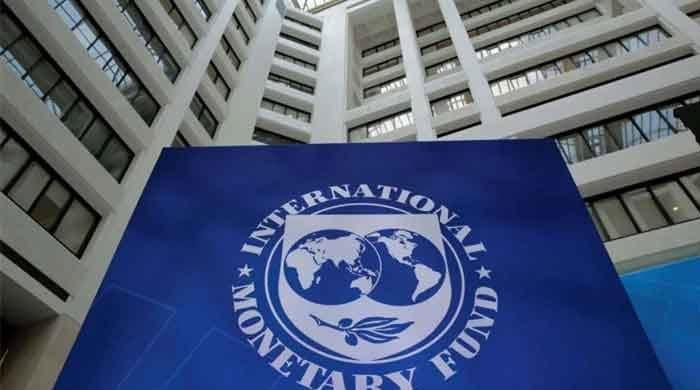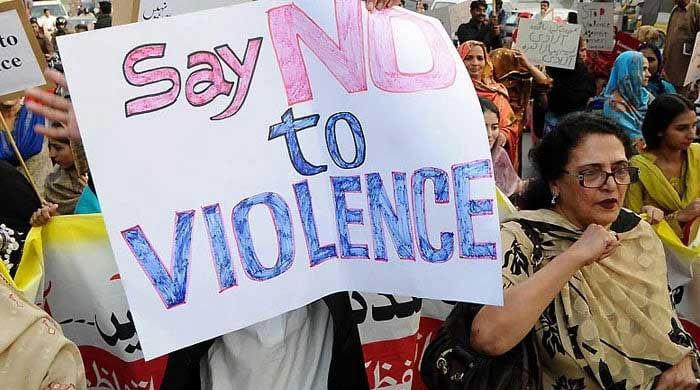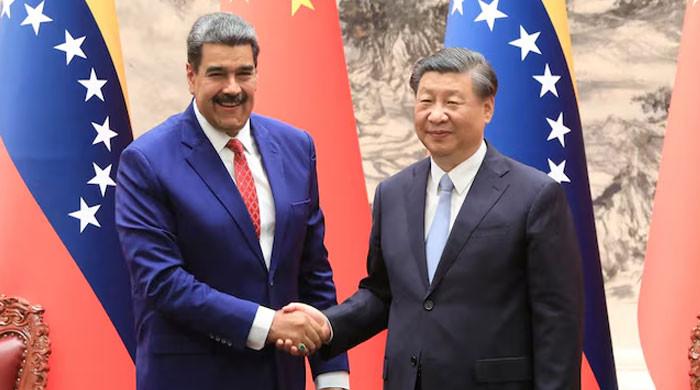Economic security
Pakistan’s economic security is by far the most neglected element of our national security. For way too long, we remained focus on Pakistan’s military security. For way too long, we remained...
October 15, 2017
Pakistan’s economic security is by far the most neglected element of our national security. For way too long, we remained focus on Pakistan’s military security. For way too long, we remained focus on Pakistan’s nuclear security. For us, national security has been all about military security. For us, national security has long been uni-dimensional. For us, national security has long been uni-organisational.
Some eleven years ago, the US Army War College, the Canadian Land Forces Doctrine and Training System along with Queen’s University, Canada’s premier public research university, co-sponsored an academic conference. The conference concluded that: “War has changed. New organising principles require a new paradigm that facilitates change from a singular military approach to a multidimensional, multi-organizational... approach to deal more effectively with the contemporary global security reality.” Furthermore, “Time-honoured concepts of national security and the classical military means to attain it, while still necessary, are no longer sufficient.”
Yes, Pakistan’s economy and Pakistan’s national security are – as a matter of fact – deeply, deeply interlinked. To be certain, Pakistan’s economy is vulnerable like never before. The four major threats are: external account (the trade deficit is at a historical high of $32.6 billion); fiscal deficit (the budgetary deficit is approaching a colossal Rs2 trillion); circular debt approaching Rs600 billion and an unsustainable debt of Rs25 trillion.
John Perkins in ‘Confessions of an Economic Hit Man’ wrote, “We (economic hitmen) work very much like some of the hitmen for the mafia-because like them, we are looking for a favour, except we do it on a large level with governments and countries”.
The School of International Studies at Jawaharlal Nehru University has made the following prescription: “On the strategic side, it is in India’s interests to ensure economic instability in Pakistan”. The New Delhi-based Institute of Defense Studies and Analysis has opined, Pakistan’s “water problems, when combined with poverty, social tension, environmental degradation, ineffectual leadership, and weak political institutions; contribute to growing disruptions that can result in state failure”. Now consider this: Pakistan is the 2nd largest pea producer in the world; 4th largest cotton producer; 4th largest sugarcane producer; 4th largest peach producer; 5th largest milk producer; 5th largest onion producer; 6th largest date producer; 8th largest rice producer; 9th largest wheat producer and 10th largest orange producer.
Now consider this: Pakistan’s median age of 21.2 years – with a global range of 48.9 for Monaco and 15 for Uganda – makes Pakistan one of the youngest countries in the world. Between 2017 and 2040, Pakistan’s working age population is expected to expand rapidly. Yes, “Empirical evidence suggests that a large part of East Asia’s spectacular economic growth derives from demographic transition, ie from working age population bulge…”
Here’s what the Woodrow Wilson International Center for Scholars stated: “Pakistan’s population promises to remain youthful over the next few decades. In the 2020s, the 15-24 age bracket is expected to swell by 20 percent. Pakistan’s under-24 population will still be in the majority come 2030. And as late as 2050, the median age is expected to be only 33.” Europe’s demographic transition opened up the demographic window that remained open for some five decades. The Chinese window opened up in 1990 and is expected to remain open till 2015
Pakistan’s deteriorating external account has a cure. Pakistan’s budgetary deficit has a cure. Pakistan’s circular debt has a cure. Pakistan’s burgeoning debt has a cure. Is anyone seriously looking for a cure? Pakistan needs to take corrective measures on four counts: exports, imports, the international value of the rupee and debt servicing. Is anyone seriously looking to undertake corrective measure?
The writer is a columnist based in Islamabad.
Email: [email protected] Twitter: @saleemfarrukh
This article was originally published in The News
Originally published in The News











